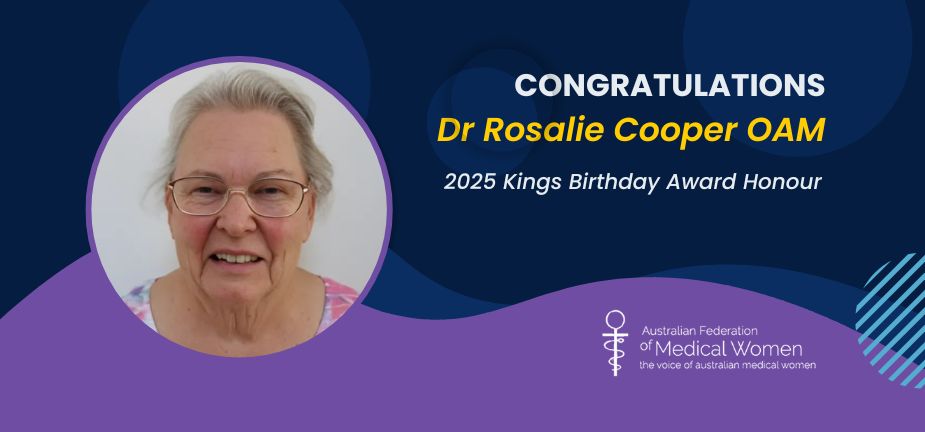Better information for better results
1. Vital events: By 2015, all countries have taken significant steps to establish a system for registration of births, deaths and causes of death, and have well-functioning health information systems that combine data from facilities, administrative sources and surveys.
2. Health indicators: By 2012, the same 11 indicators on reproductive, maternal and child health, disaggregated for gender and other equity considerations, are being used for the purpose of monitoring progress towards the goals of the Global Strategy.
3. Innovation: By 2015, all countries have integrated the use of Information and Communication Technologies in their national health information systems and health infrastructure.
Better tracking of resources for women’s and children’s health
4. Resource tracking: By 2015, all 74 countries where 98% of maternal and child deaths take place are tracking and reporting, at a minimum, two aggregate resource indicators: (i) total health expenditure by financing source, per capita; and (ii) total reproductive, maternal, newborn and child health expenditure by financing source, per capita.
5. Country compacts: By 2012, in order to facilitate resource tracking, “compacts” between country governments and all major development partners are in place that require reporting, based on a format to be agreed in each country, on externally funded expenditures and predictable commitments.
6. Reaching women and children: By 2015, all governments have the capacity to regularly review health spending (including spending on reproductive, maternal, newborn and child health) and to relate
spending to commitments, human rights, gender and other equity
goals and results.
Better oversight of results and resources: nationally and globally
7. National oversight: By 2012, all countries have established national accountability mechanisms that are transparent, that are inclusive of all stakeholders, and that recommend remedial action, as required.
8. Transparency: By 2013, all stakeholders are publicly sharing information on commitments, resources provided and results achieved annually, at both national and international levels.
9. Reporting aid for women’s and children’s health: By 2012, development partners request the OECD-DAC to agree on how to improve the Creditor Reporting System so that it can capture, in a timely manner, all reproductive, maternal, newborn and child health spending by development partners. In the interim, development partners and the OECD implement a simple method for reporting such expenditure.
10. Global oversight: Starting in 2012 and ending in 2015, an independent ‘‘Expert Review Group’’ is reporting regularly to the United Nations Secretary-General on the results and resources related to the Global Strategy and on progress in implementing this Commission’s recommendations.









